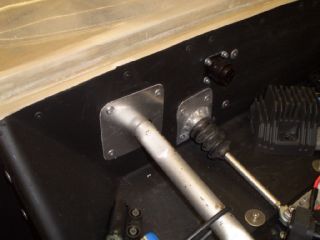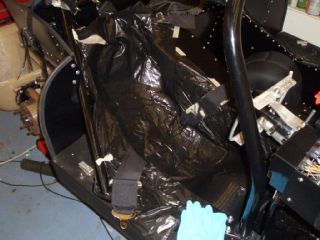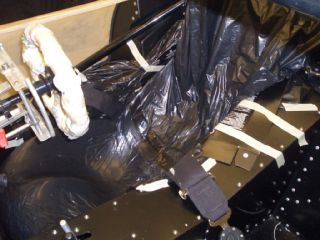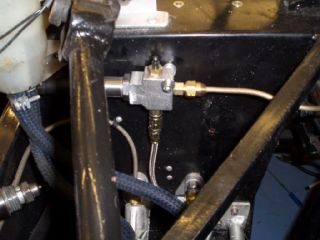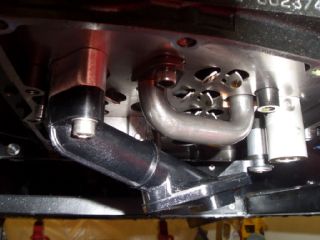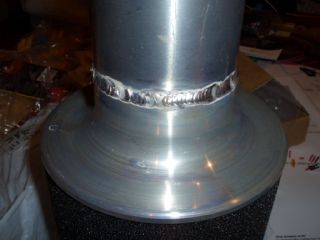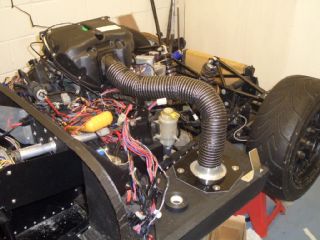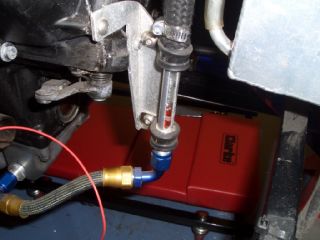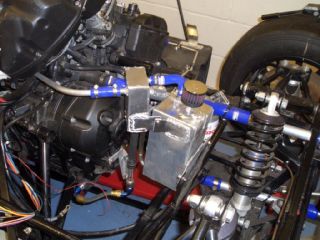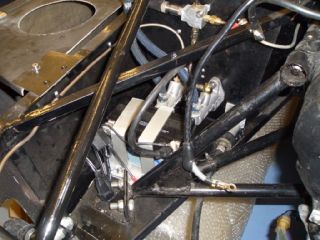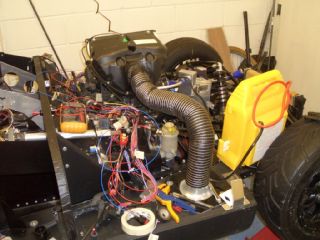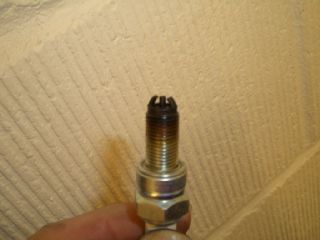A chap on eBay was selling some rather nice pressure transducers, rated
to anything up to 300 bar, and with a burst pressure of over 1000 bar. Just the thing for logging brake line pressure,
and at 25 quid each, including the connector, pretty reasonably priced too.
However, the thread on the end are 7/16" UNF and seal using an O-ring. 2 obvious problems - standard brake-line
fittings are designed to seal to SAE O-ring face sealing fittings, and secondly, the O-rings the senders came with
were buna rubber, and so not compatible with brake fluid.
The latter problem I solved by buying some EPDM O-rings to replace the rubber ones, although due to the industry
standard minimum order quantity of ten quid, I now have 72 spare. To solve the connection problem, I've made up
these little manifolds from ali blocks. The sender hole has a 7/16" thread, and the other threads are 1/8"
NPT with 1/8" NPT to M10x1 adaptors fitted. |
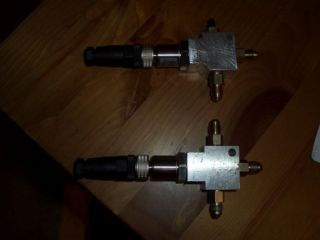 |

